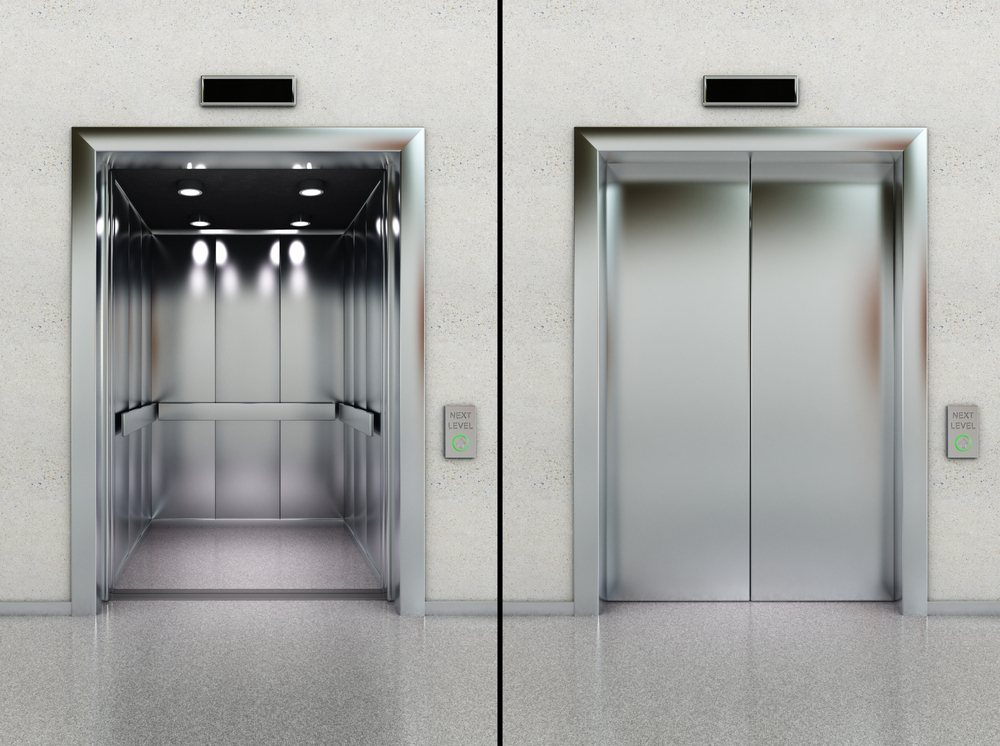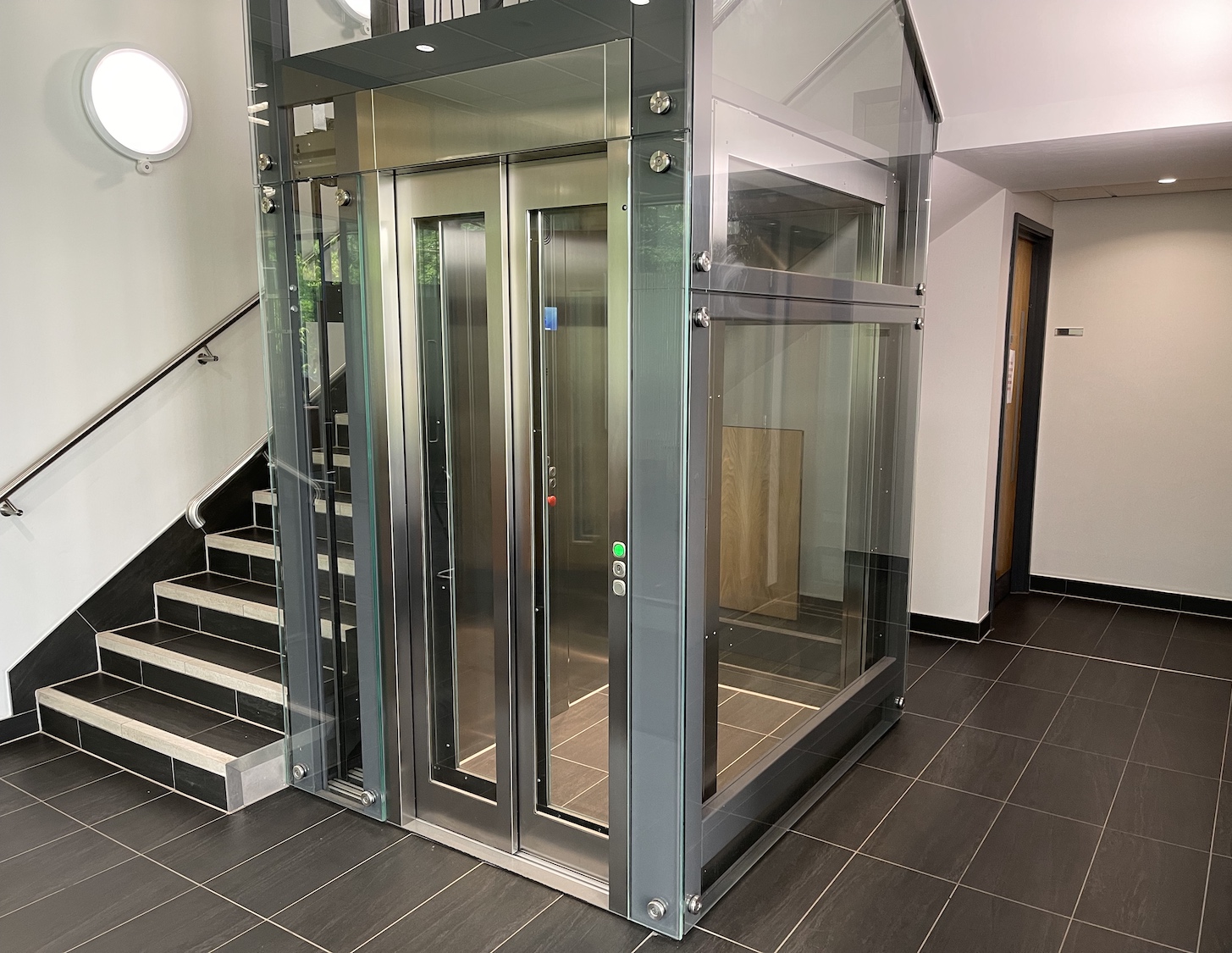London Lift Company: Giving Comprehensive Lift Solutions Across the Funding
London Lift Company: Giving Comprehensive Lift Solutions Across the Funding
Blog Article
Untangling the Intricacies of Lift Technology: Troubleshooting Common Troubles Throughout Lift Designs
In the world of lift technology, a myriad of details often lie beneath the surface area of what appears to be a simple system. From sluggish procedure issues to strange noises rising from the machinery, repairing typical troubles across numerous lift designs requires an eager eye for information and an organized strategy - repair and maintenance services. As we begin on this trip to unravel the complexities that can torment these essential gadgets, a much deeper understanding of the inner operations and possible risks of lift technology is important. Remain tuned as we browse with the maze of lift breakdowns, looking for options to the enigmatic issues that can interfere with the smooth performance of these important apparatuses.
Identifying Slow Operation Issues

Next, examine the electric connections to make sure that all components are properly attached and functioning. Malfunctioning wiring or loose links can cause slow operation or total breakdown of the lift system. Furthermore, it is important to test the control system to identify if the concern hinges on the programming or sensors.
If the visual examination and electrical checks do not disclose the origin of the slow-moving operation, more diagnostic tests might be necessary. These can include stress examinations for hydraulic systems, voltage tests for electrical elements, or running diagnostic software program for the control system. repair and maintenance services. By adhering to a methodical technique to repairing slow-moving procedure issues, you can successfully determine and fix the issue, ensuring the lift runs safely and properly
Addressing Unusual Noises
To effectively troubleshoot lift technology for weird noises, an extensive examination of the lift components complying with the recognition of slow operation problems is critical. Unusual noises in lifts can be a measure of underlying issues that call for prompt interest to make certain the security and reliability of the system. Common sources of weird sounds in lifts consist of worn-out or misaligned pulley-blocks, harmed electric motor bearings, broken or loosened suspension ropes, and malfunctioning control systems. When addressing strange noises, it is important to perform a systematic evaluation of these elements to identify the exact reason for the noise precisely. This might include looking for any noticeable indicators of deterioration, checking the performance of electric motor bearings, tightening loose connections, and oiling moving components as needed.
In addition, it is vital to refer to the lift supplier's maintenance guidelines and seek assistance from qualified specialists when dealing with complicated lift elements or unknown troubleshooting treatments. By quickly resolving strange sounds and dealing with underlying issues, lift drivers can ensure the ideal efficiency and safety and security of the lift system for travelers and operators.
Managing Faulty Control Problems
A reliable strategy view publisher site for attending to malfunctioning control problems in lift technology entails conducting an extensive analysis of the control system's components and capability. When coming across problems with lift controls, it is important to initial look for any loose connections, harmed circuitry, or malfunctioning sensors. Verifying that all control displays, keypads, and switches are operating properly is likewise necessary in identifying the trouble properly.
If no visible concerns are apparent, professionals must continue to examine the control board for any signs of water overheating, damage, or corrosion, as these can usually result in manage malfunctions. Furthermore, resetting the control system or upgrading the software program might aid deal with particular glitches or insects creating the trouble.

Taking On Hydraulic System Malfunctions
The efficiency of hydraulic systems in lifts relies heavily on the correct performance of numerous parts within the system. When hydraulic systems malfunction in lifts, it can result in operational interruptions and safety and security issues. One typical issue is hydraulic fluid leak, which can take place due to see page damaged seals, loosened connections, or harmed cylinders. To tackle this issue, technicians must conduct an extensive evaluation to recognize the resource of the leakage and change any malfunctioning parts without delay.
Furthermore, irregularities in hydraulic liquid degrees or uncommon noises throughout lift procedure might indicate underlying system breakdowns that require immediate focus to prevent additional damages. Routine maintenance and timely troubleshooting of hydraulic system issues are important to making certain the secure and reliable operation of lift modern technology.
Taking Care Of Electric Part Failures
Dealing with electrical part failures in lift technology necessitates a methodical technique to detecting and fixing problems to maintain operational capability and security standards. When encountering electrical issues in lift systems, it is essential to first carry out an extensive inspection of the electric components, consisting of control board, circuitry, sensing units, and circuit boards. Any type of signs of damages, rust, loosened connections, or burnt aspects ought to be thoroughly noted and addressed promptly to stop additional problems.
In the instance of electrical component failings, it is necessary to view it adhere to maker standards for troubleshooting and fixing procedures. This may involve testing the components utilizing multimeters, oscilloscopes, or other diagnostic devices to identify the specific resource of the breakdown. Additionally, having a detailed understanding of the lift's electric schematics and wiring diagrams can help in identifying and rectifying problems effectively.
Normal upkeep and evaluation timetables can help avoid electric failures by spotting potential problems beforehand. Proper training for lift specialists on electric systems and components is also essential to make sure accurate medical diagnosis and reliable resolution of electric issues, inevitably adding to the total safety and security and reliability of lift procedures.
Verdict
Finally, troubleshooting lift innovation calls for a systematic technique to recognize and deal with common problems such as slow-moving operation, weird noises, malfunctioning controls, hydraulic system breakdowns, and electrical component failings. By understanding the complexities of lift innovation and adhering to appropriate fixing actions, technicians can properly solve problems and make sure the risk-free and efficient operation of lifts throughout different models.
To effectively troubleshoot lift technology for odd sounds, a complete examination of the lift parts complying with the recognition of slow-moving operation concerns is crucial. Odd sounds in lifts can be a measure of underlying problems that require timely focus to make certain the safety and security and dependability of the system.An effective technique for attending to faulty control problems in lift modern technology entails performing an extensive analysis of the control system's parts and functionality.The efficiency of hydraulic systems in lifts relies greatly on the appropriate performance of numerous elements within the system. repair and maintenance services. When experiencing electric problems in lift systems, it is crucial to first carry out a complete examination of the electric parts, including control panels, electrical wiring, sensing units, and circuit boards
Report this page